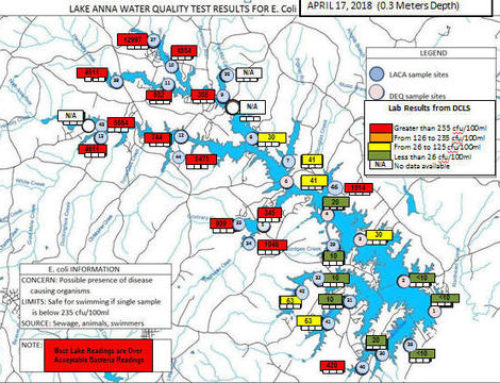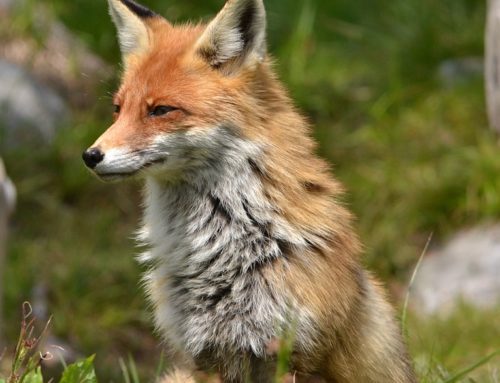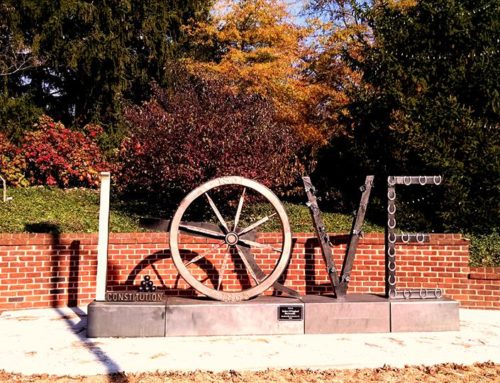Most of us are contributing to the pollution of our own lakes in LOW and don’t even realize it. All types of human activities – cutting our lawns and blowing clippings into the ditches, excessive or improperly fertilizing our lawns, improper watering techniques, not picking up after our pets or not properly disposing of the waste, bringing plants and animals here from other places and allowing them to escape into an environment where they may have no natural enemies – all of these pollute our lakes.
Here are some things you can do to reduce your pollution footprint in our lakes.
1.- Clean fall leaves up from the yard and dispose of them properly at the 9.9. Not removing your leaves from the yard or blowing them into the ditch allows them to access the lake where their nutrients contribute to unwanted algae blooms harming fish and humans.
2.- Clean your boat well before reentering the lake after being in another body of water. Invasive species of plants and animals can be devasting to our lake. If you have guests and they bring their boat(s) or your own craft has been in another body of water – it must be thoroughly cleaned before it enters our lakes here at LOW. LOW has cleaning instructions available – please call the Holcomb building for more info.
3.- TEST YOUR SOIL BEFORE YOU FERTILIZE. Lawns do not automatically need fertilizing, so it is important to get a soil test to tell you if you need to fertilize or lime your soil. Accurate soil analysis with subsequent recommendations provide a tool for making economical and ecological land use decisions. Over-fertilization is costly and may be damaging to the environment.The test results will give you specific recommendations for your lawns and save you money and guesswork.
3.- MOW HIGH. Set your lawn mower at 3″ and keep your blades sharp. Taller grass crowds out weeds, and encourages deep roots, resulting in a healthier lawn that needs less water. Mow often and never remove more than 1/3 of the grass blade at one time. Reseed any bare areas for full coverage to prevent weeds and erosion and nutrient runoff.
4.- LEAVE LAWN CLIPPINGS on the lawn. Consider using an electric, mulching mower. You will reduce noise and air pollution drastically. Mulching mowers will chop the grass clippings into tiny pieces that create little or no mess and readily break down into compost. You can reduce your lawn’s need for fertilizer by more than 30%, just by allowing grass clippings to decompose in place!
5.- WATER PROPERLY. Grass lawns naturally go dormant during the hot summer weeks and will green up again naturally when rains return. If you must water, water deeply and infrequently to promote vigorous root growth that helps your lawn resist drought. This is much better for your trees and shrubs too.
6.- FERTILIZE AT THE RIGHT TIME and only when the lawn is actively growing and able to take up nutrients. Fertilize fescue and bluegrass lawns in fall, between September and early November. Zoysia and bermudagrass lawns that are brown and dormant in winter should be fertilized in summer. Be sure to remove all fertilizer from walkways and driveways before it can wash off into storm drains and our lake. In the case of fertilizer – LESS is better!
7. – NEVER FERTILIZE WHEN THE GROUND IS FROZEN OR GRASS IS DORMANT. This is a harmful waste of money and harmful to our lake.
8.- AVOID FERTILIZERS WITH PHOSPHORUS. Phosphorus has become “persona nongrata” in landscaping, especially near streams and lakes because of its harmful effects. If you choose to use fertililizer, use a No-PHOS, slow release Nitrogen fertilizer when possible.
9.- TREAT LAWN PROBLEMS SAFELY by hand pulling weeds or spot treating pests or weeds. Natural products like corn gluten or vinegar can help eliminate weeds without toxic side effects.
10.- Ok, I know you have heard this one over and over but PLEASE pick up after your pooch. When pet waste is washed into lakes or streams the waste decays, using up oxygen and sometimes releasing ammonia. Low
oxygen levels and ammonia combined with warm temperatures can kill fish.
Pet waste also contains nutrients that encourage weed and algae growth. Overly fertile water becomes cloudy and green –unattractive for swimming, boating and fishing. Perhaps most importantly, pet waste carries diseases which make water unsafe for swimming. Of course, your pets’ waste is not the major contributor of pollution to the lake but it is something you can do daily to improve the lake’s water quality.





